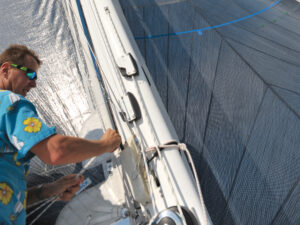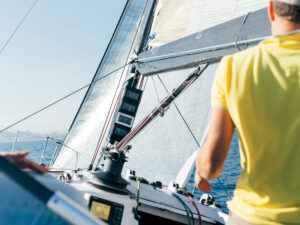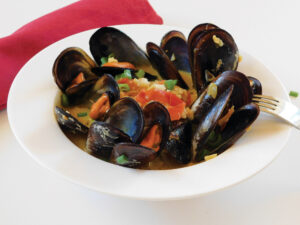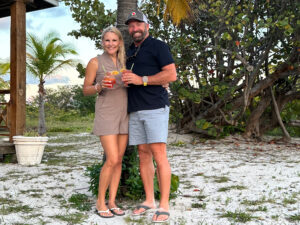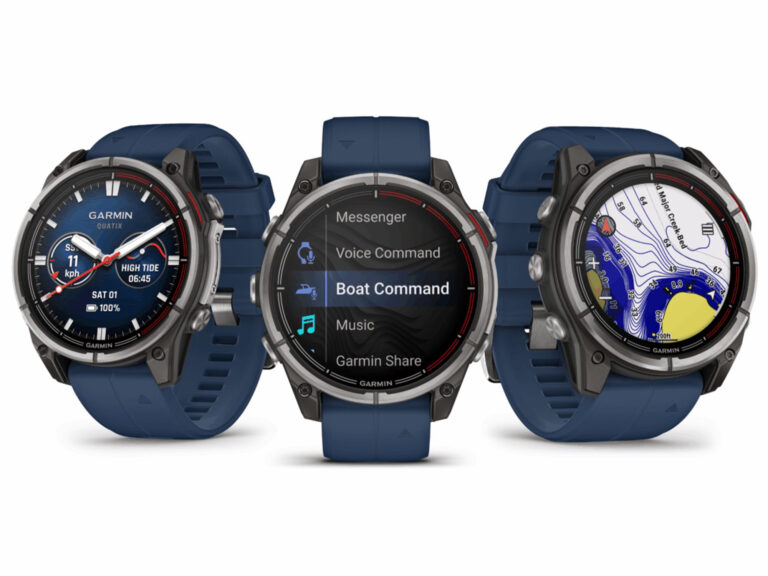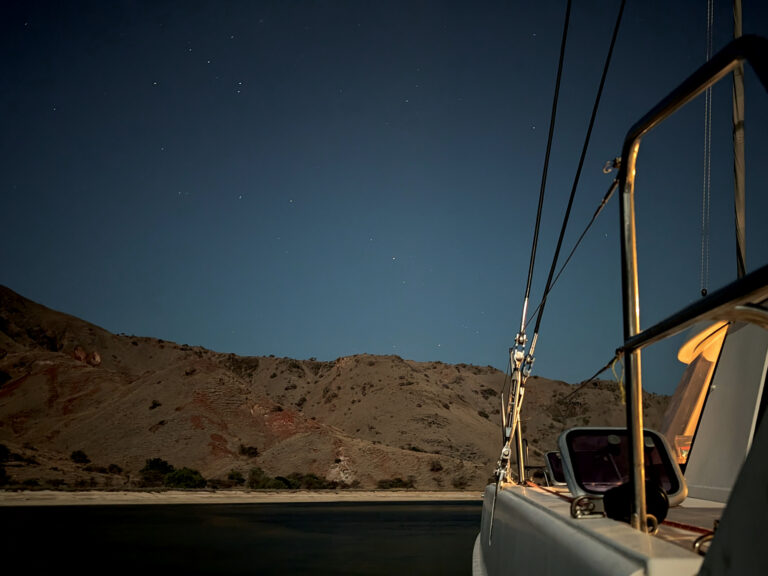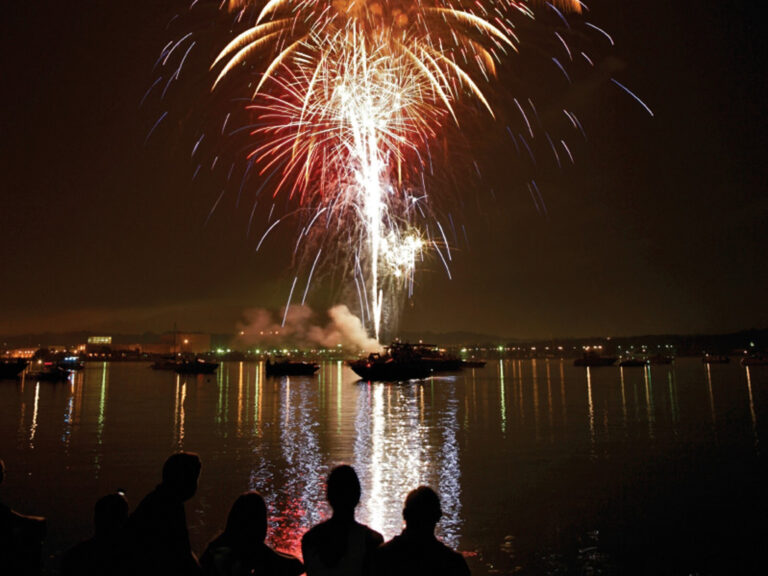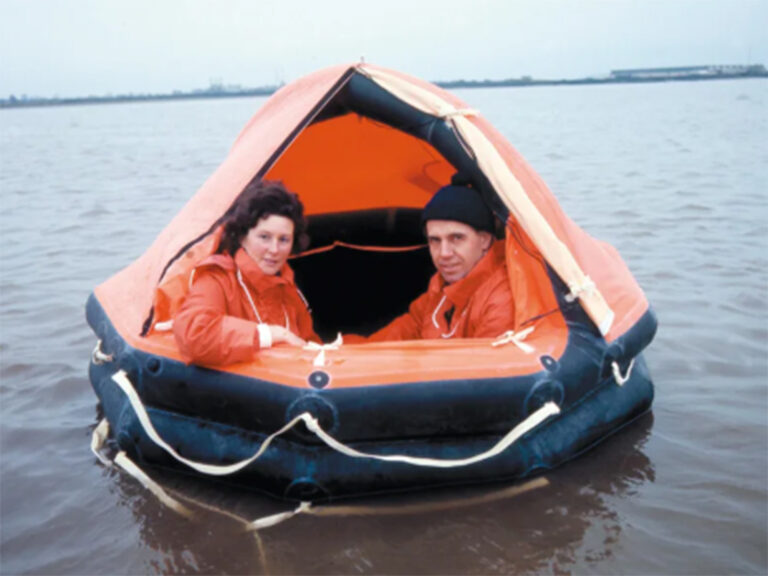
Perhaps because I spend the majority of my time living aboard a sailboat in New England, I enjoy a warm and bright cabin where I can retreat on a cold, gray day. And since most of my sailing takes place with just a couple of us aboard, I appreciate boats that are easy to tack and handle but still spirited when the breeze is on. After visiting the Hallberg-Rassy 412 with our Boat of the Year judges during last year’s U.S. Sailboat Show in Annapolis, Maryland, I was able to check off both those boxes, and then some. On the day of our dockside visit, there was a nasty rain falling, so it could have been steamy and uncomfortable with several of us down below and the hatches closed tight against the weather. Instead, thanks to a pair of cabin-top vents, fresh air circulated through the saloon, and light poured in from an overhead fore-and-aft-opening hatch and ports in the cabin sides and hull. “Great ventilation. I starred this one,” noted BOTY judge Bill Bolin. And later, when we went sailing? Let’s just say there was a good-natured fight over who got to drive. In a decent breeze of 10 to 11 knots, the 412’s powerful main and slightly overlapping jib sent us skipping upwind closehauled at 7.3 knots. I like to sit to leeward when steering, and I found my perch quite comfortable, and better yet, the double-ended mainsheet was at my fingertips on either tack. Coming about singlehanded was not a problem either, with winches for the jib sheets within reach, and I found sight lines forward and across the cabin top to be quite good. I must say, after sailing mostly twin-helm boats with relatively small wheels on recent sea trials, it was a nice change of pace to have a large-diameter helm that responded instantly to fingertip pressure. A rudder post set in a pair of self-aligning bearings helped too.
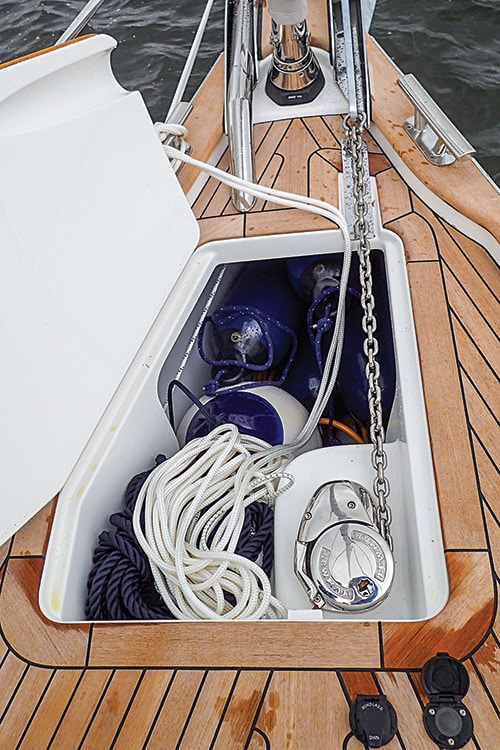
The anchoring setup aboard the Hallberg-Rassy 412 is well thought out. The chain peels off the windlass and drops into the bottom of a deep locker that can also be used to store fenders and lines. Note the stainless plate that protects the teak deck from damage. Mark Pillsbury
After relinquishing the wheel (reluctantly) I moved forward in the cockpit and found a seat behind HR’s trademark fixed windscreen and against the tall coamings. I could have stayed there all day.
Hallberg-Rassy is known for building solid boats. Hulls are hand laid, using a vinylester barrier coat, and cored with Divinycell from the waterline up, which also acts as insulation against heat and cold. Underway, it’s remarkably quiet down below, something those off watch will appreciate on passages of any length. Solid glass is used below the waterline and anywhere hardware is mounted. Longitudinal beams further stiffen the hull.
The decks and cabin top are a composite sandwich, and the deck and interior bulkheads are tabbed and laminated in place before wiring, hoses, tanks, engine or furniture are installed. This adds hours to the build time, but it guarantees strength and access to all components should repairs be needed.
Deck hardware on the 412 is top-notch. A heavy-duty two-anchor roller sits on the bow. On the boat we sailed, one anchor channel was taken up by a removable stainless sprit for flying off-the-wind sails. A stainless plate protects the teak deck from being damaged by the anchor chain that drops from a below-deck Lewmar windlass into a deep locker below. Windlass controls are found both on the bow and at the helm.

Mast, boom and rigid vang are from Seldén, as is the below-deck Furlex jib furler. The boat we sailed had upgraded Elvström Epex membrane sails, and they were lovely. All this comes at a price, of course. A base boat sells for just over $500,000, while the boat we sailed, including electronics, air conditioning and a retractable bow thruster, carried a price tag of about $600,000. Still, Bolin noted, each buyer judges value differently.
The 412 was designed by Germán Frers, and is the largest aft-cockpit model the company builds. From there up to the HR 64, the boats are only offered with a center cockpit and come with an owners cabin aft. On this boat, three basic interiors are offered. Standard layout is with a guest cabin aft to port, an en suite owners cabin forward and a second head to starboard at the foot of the companionway with a separate shower. This provides for an ample storage locker aft of the head, accessible from the cockpit above. Two aft cabins are also available, and an owner has a choice in the saloon of having a settee to starboard or a pair of captain chairs. In either case, a drop-leaf table and L-shaped couch are opposite, to port. If I were choosing, I’d go with the settee version because the seat back folds up and out of the way to make a wide, comfortable sea berth.
The L-shaped galley is well-stocked and located at the foot of the companionway to port. A top-loading fridge and gimbaled stove and oven are outboard; a double sink, drawers and an optional freezer face forward. Across is a full-size chart desk.
When standing below, surrounded by mahogany woodwork, the craftsmanship from the HR yard stands out.
“Going down below,” said judge Tim Murphy, “it’s as lovely as it ever was.” Noting the ample handholds found at every turn, he added, “The fiddles are just these beautiful sort of rounded shape that’s perfect for your hand. It looks great and feels great. Very nice.”
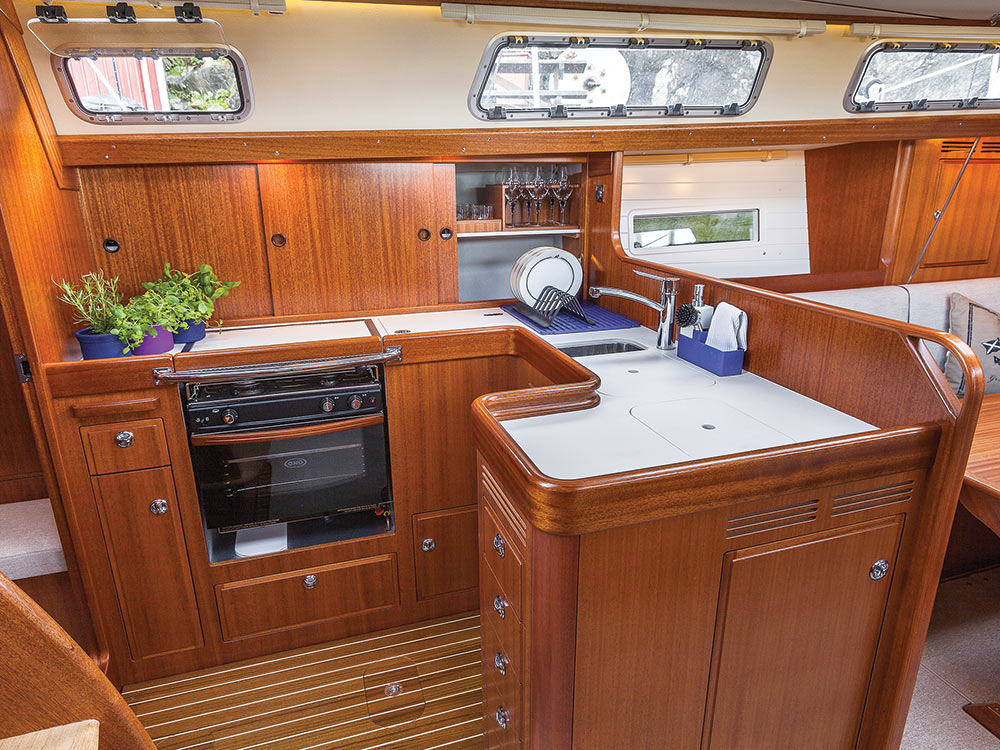
Indeed, as we collected our bags and gear at the end of our test sail, I couldn’t help but think the 412 would be the boat to be on, anchored in some pine-fringed cove, on a blustery fall New England afternoon. It would feel just like home.
Hallberg-Rassy 412 Specifications
| LENGTH OVERALL | 41’5” (12.62 m) |
| WATERLINE LENGTH | 37’9” (11.51 m) |
| BEAM | 13’6” (4.11 m) |
| DRAFT | 6’7” (2.01 m) |
| SAIL AREA (100%) | 970 sq. ft. (90.1 sq. m) |
| BALLAST | 8,830 lb. (4,005 kg) |
| DISPLACEMENT | 24,400 lb. (11,068 kg) |
| BALLAST/DISPLACEMENT | 0.36 |
| DISPLACEMENT/LENGTH | 202 |
| SAIL AREA/DISPLACEMENT | 18.4 |
| WATER | 142 gal. (537 l) |
| FUEL | 91 gal. (344 l) |
| HOLDING (X2) | 18.4 gal. (70 l) |
| MAST HEIGHT | 64’6” (19.66 m) |
| ENGINE | 75 hp Volvo, saildrive |
| DESIGNER | Germán Frers |
| PRICE | $590,000 |
Hallberg-Rassy
410-867-9022
hallberg-rassy.com

